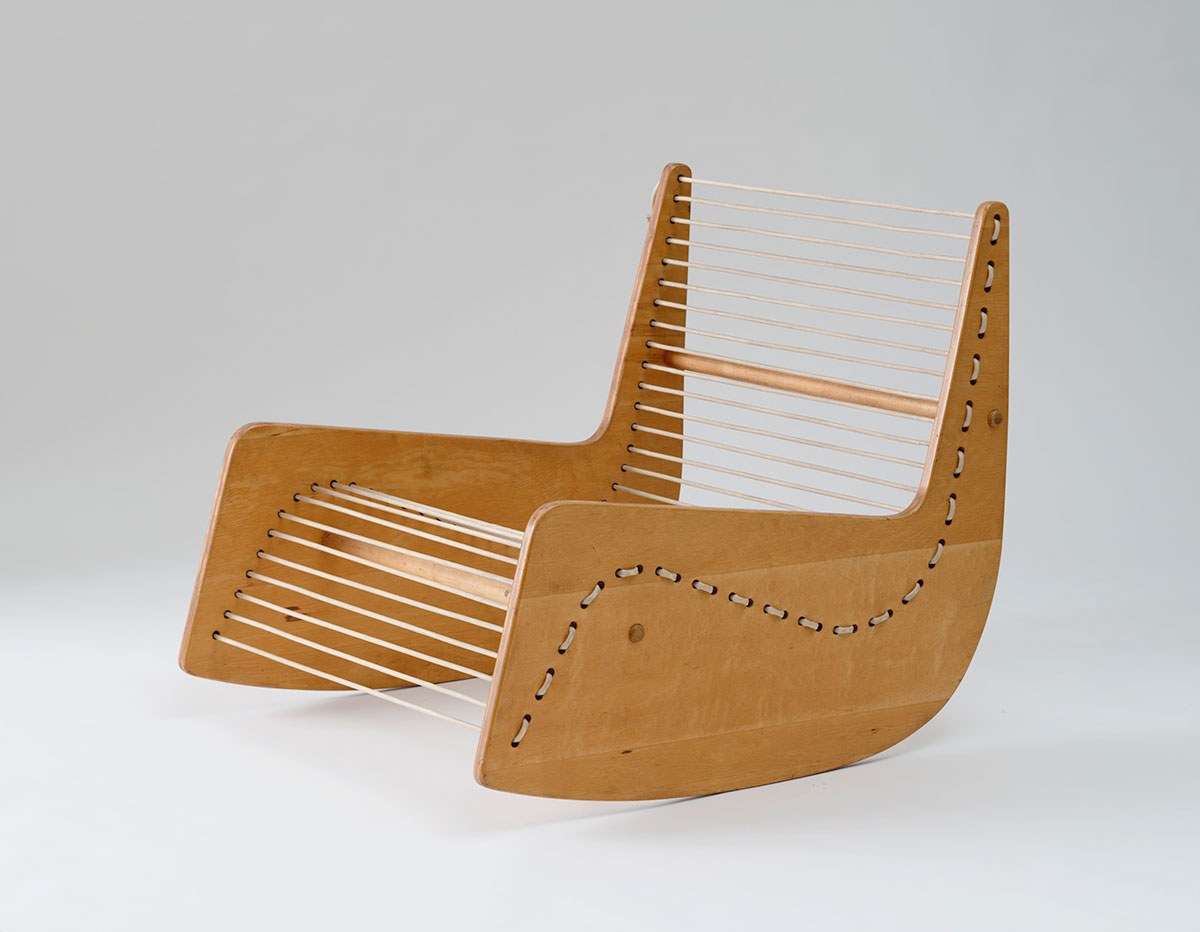PRESENTATION: Alexey Brodovitch-Astonish Me
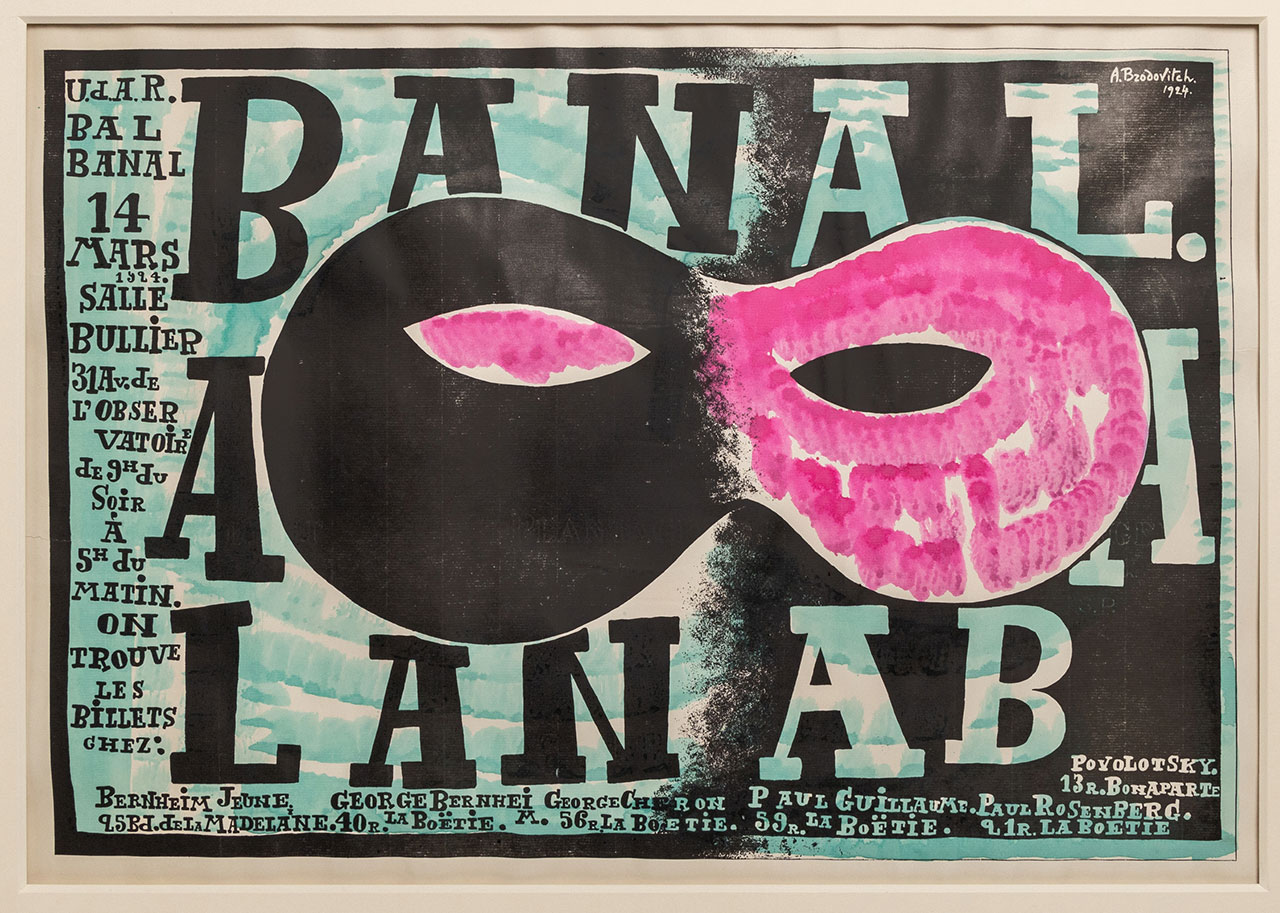 Alexey Brodovitch was a celebrated graphic designer, photographer and art director. Brodovitch is credited with freeing fashion photography from the confines of the studio. Taking his lead from photojournalism, he promoted the so-called “action shot” that used real locations and positioned modern American women within their lived environments. Mentees such as Richard Avedon and Robert Frank took their cameras onto the streets and encouraged their models to engage spontaneously with their natural habitat.
Alexey Brodovitch was a celebrated graphic designer, photographer and art director. Brodovitch is credited with freeing fashion photography from the confines of the studio. Taking his lead from photojournalism, he promoted the so-called “action shot” that used real locations and positioned modern American women within their lived environments. Mentees such as Richard Avedon and Robert Frank took their cameras onto the streets and encouraged their models to engage spontaneously with their natural habitat.
By Efi Michalarou
Photo: Barnes Foundation Archive
The exhibition “Astonish Me” explores the influence and significance of Alexey Brodovitch (1898–1971). Brodovitch is best known for his art direction of the US fashion magazine “Harper’s Bazaar” from 1934 to 1958 and his role in making photography the cornerstone of its visual identity, the exhibition focuses on the legacy of this overlooked figure, consider his collaborations with many of the major figures of 20th-century photography, and encourage new perspectives on art direction and graphic design. Featuring more than 100 works from public and private collections around the world, the exhibition is arranged thematically and showcases photographs, prints, works on paper, books, and magazines, including works by artists Brodovitch mentored and collaborated with, including Eve Arnold, Richard Avedon, Lillian Bassman, Henri Cartier-Bresson, and Irving Penn. Exhibition highlights include: Richard Avedon;ws “Dovima with Elephants, Evening Dress by Dior, Cirque d’Hiver, Paris” (1955): This iconic photograph by Richard Avedon is a testament to his mentor, Brodovitch, who challenged artists to “astonish” viewers through surprise and invention. (Richard Avedon Foundation, NY). Lisette Model’s “Woman at Coney Island (1939–41, printed 1976): Brodovitch presented Model’s ebullient subject in a Bazaar spread dedicated to the cherished tourist destination of Coney Island. (Tate, United Kingdom). Henri Cartier-Bresson’s “Calle Cuauhtemoctzin, Mexico City” (1934–35): Brodovitch was allegedly the only art director permitted the crop the photographs of Cartier-Bresson, who famously espoused the ‘decisive moment’ of releasing the shutter. Brodovitch dared to give Cartier-Bresson’s photograph a fresh presentation in Bazaar. Eve Arnold’s “Models Limbering Up Backstage before a Fashion Show in Harlem” (1950): Brodovitch understood the significance of Eve Arnold’s photography of the Harlem fashion shows in the 1950s, when she brought them to his attention at one of his classes at the New School. (Magnum Photos). Poster for “Bal Banal” (1924): Brodovitch’s design won first prize in the poster competition for a soirée organized by the Union des Artistes Russes in Paris. It helped launch his career in commercial art and graphic design. (Collection of Dr. Curt Lund). The Cover image “The Girl of Tomorrow,” Harper’s Bazaar (February 1939): Brodovitch’s bizarre and fantastical imagery captures the spirit of surrealism. He did not self-identity with the surrealists but was influenced by their aesthetic. (Collection of Vince Aletti). The Photograph. “Tricorne (1935): Brodovitch’s emphasis on mood, atmosphere, and dynamism transformed the direction of dance photography. This evocative image was included in his one and only photobook, Ballet (1945). (Philadelphia Museum of Art. From the Collection of Dorothy Norman, 1968) and “Floor Chair, Model 1211-C” (c. 1948): Brodovitch’s modern aesthetic extended to furniture design. This model won third prize in its category at the International Competition for Low-Cost Furniture Design at the Museum of Modern Art, New York, in 1950. (Museum of Modern Art, New York). As art director at “Harper’s Bazaar”, Alexey Brodovitch transformed the magazine and design fields through his creative layouts, often incorporating surrealist inventions and European avant-garde innovations, and celebrated collaborations with photographers including Richard Avedon and Lillian Bassman. Upon first arriving in the United States in 1930, he taught at the Pennsylvania Museum and School of Industrial Art (in Philadelphia and, later, the New School for Social Research in New York City. Brodovitch’s unique pedagogy influenced an extraordinary number of celebrated documentary and fashion photographers, including Irving Penn, Richard Avedon, Eve Arnold, and Hans Namuth. He also collaborated with luminaries such as Man Ray and Henri Cartier-Bresson. Alexey Brodovitch had a tremendous impact on photography as an artistic medium in the mid-20th century. His influence on the world of design is indelible, but he has been overlooked in the history of art. Born in the former Russian Empire (now Belarus) to an aristocratic Jewish family, Brodovitch dreamed of becoming an artist when he was a young man. After serving in the Russian Civil War, he was exiled to Paris. He lived in Montparnasse, a diverse community inhabited by some of the 20th century’s most revolutionary artists, where he was exposed to myriad artistic styles. Brodovitch’s exposure to vanguard art movements fueled an intense interest in photography and typography. He took on freelance work as a graphic designer, creating posters, advertisements, and restaurant decoration and paraphernalia. His first design success was in 1924 for a Grand Prix poster contest for the Bal Banal, which many artists entered, including one Pablo Picasso. Brodovitch arrived in the United States in 1930 and moved to Philadelphia to work at the Pennsylvania Museum and School of Industrial Art (now the University of the Arts) where he established the Department of Advertising Design. He introduced his students to cutting-edge magazines and other leading European design work and founded his methodology on creative problem-solving, which was unorthodox during the time. In 1933, he established the Design Laboratory, a workshop that used contemporary examples and technology to explore innovative design possibilities. In 1934, Harper’s Bazaar editor-in-chief Carmel Snow saw Brodovitch’s work in New York City. She immediately suggested the magazine hire him as art director. During the subsequent years, he frequently used surrealist devices in his magazine layouts, which featured constellations of small photographs, a creative use of white space and contemporary fonts, and playful spreads that unfolded like musical compositions. Changes in size, layering, and color provided the viewer with a sequence of experiences, evoking movement and energy on the printed page. Brodovitch also pursued personal projects: from 1935 to 1937, he photographed several performances of the itinerant Ballets Russes de Monte Carlo using a 35mm camera and slow shutter speeds. The resulting images were ethereal—capturing the movement and experience of dance. In 1945, this body of work was published in the boldly experimental photobook Ballet, which became one of the most significant achievements of its medium and the only book of his own work that Brodovitch ever produced.
Photo: Alexey Brodovitch. Poster for Bal Banal, 1924. Collection of Dr. Curt Lund, Courtesy Curt Lund
Info: Curator: Katy Wan, Barnes Foundation, 2025 Benjamin Franklin Parkway, Philadelphia, PA, USA, Duration: 3/3-19/5/2024, Days & Hours: 11:00-17:00, Mon & Tue-Sun, www.barnesfoundation.org/
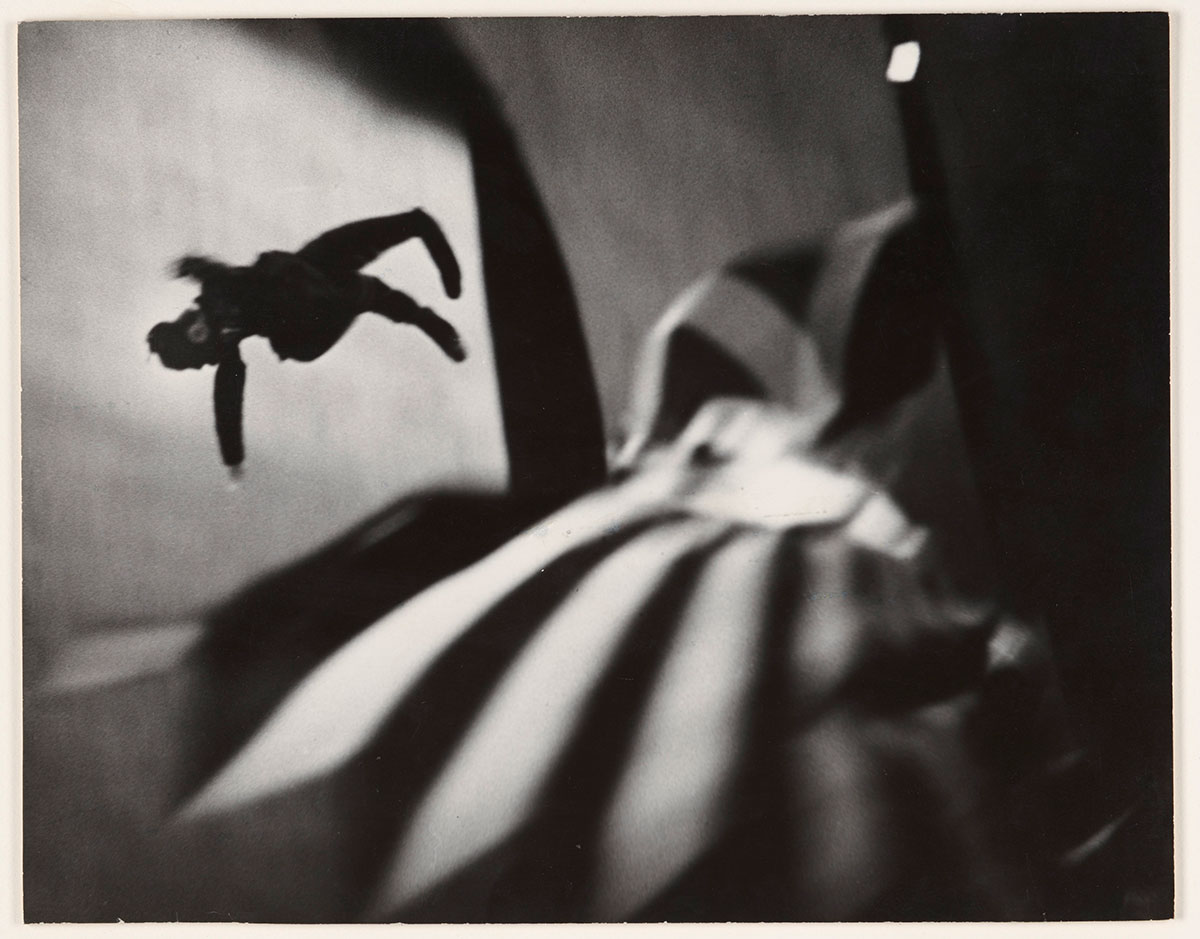
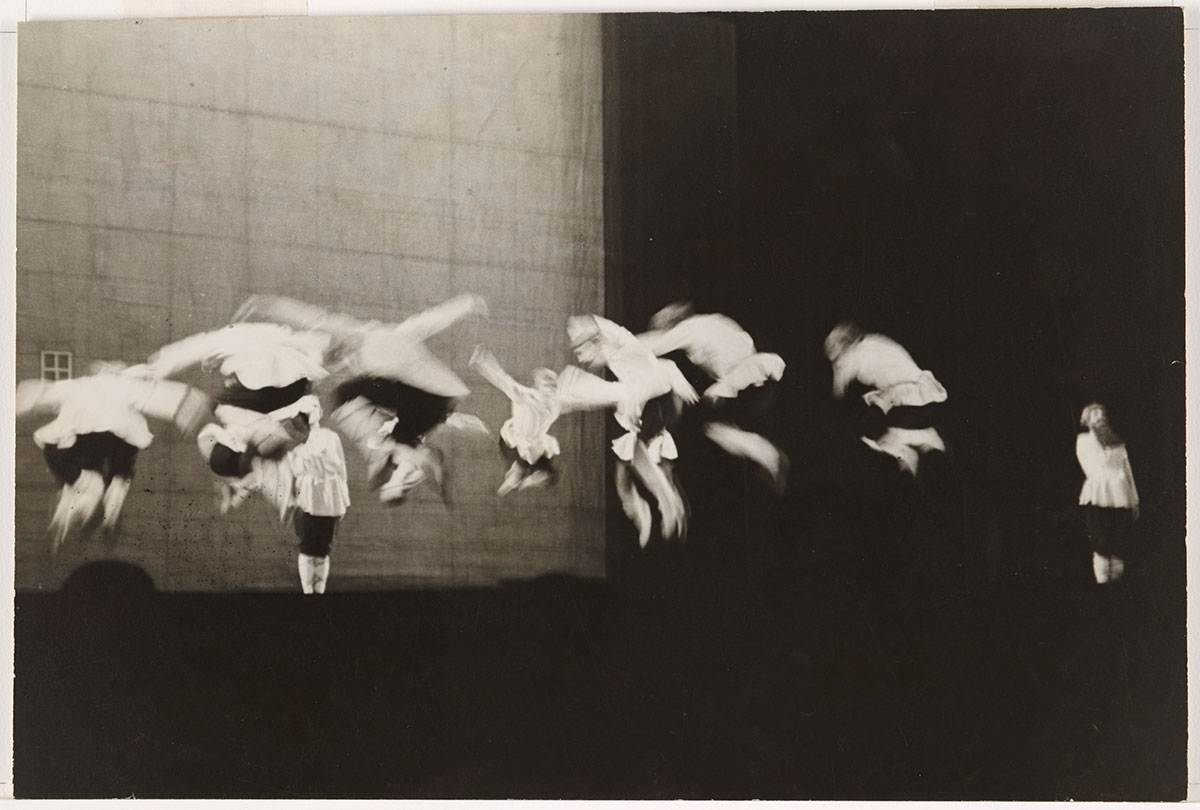
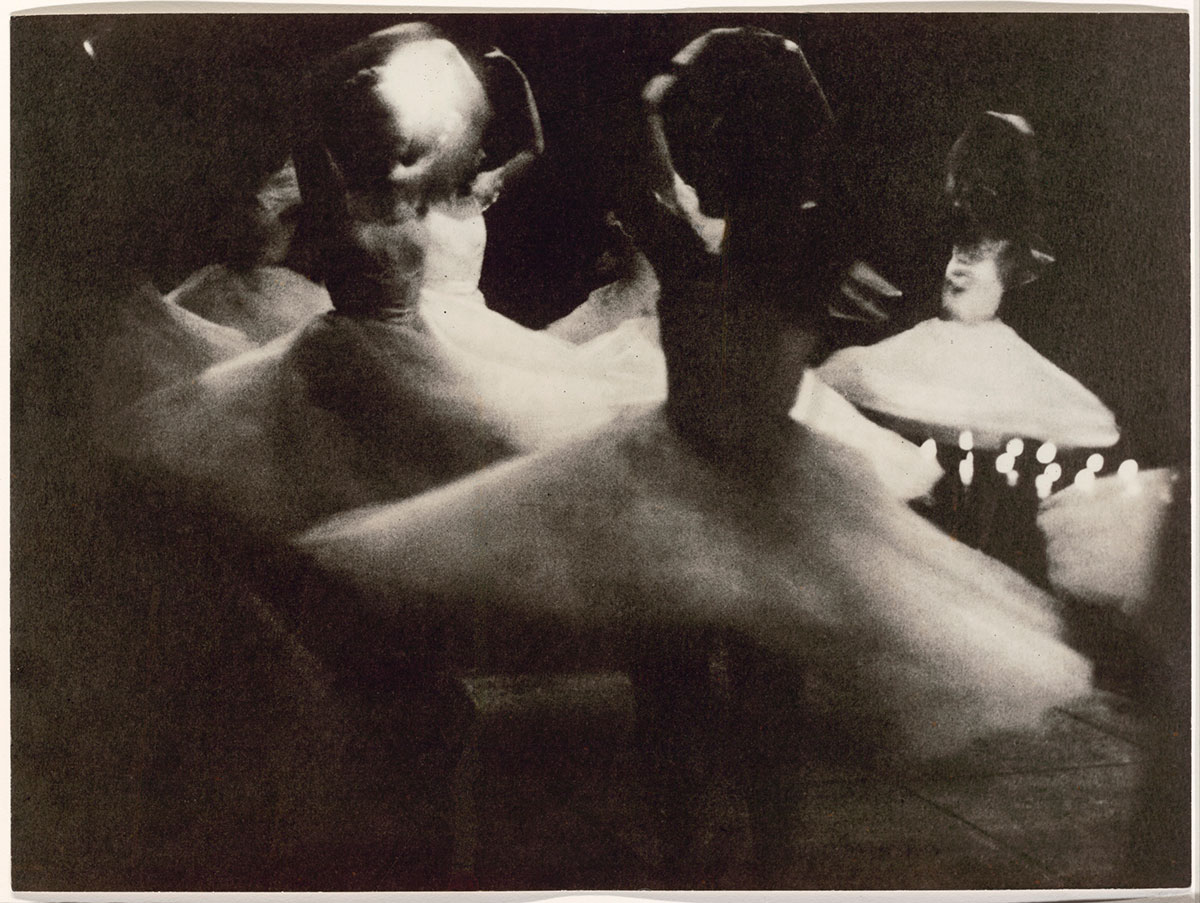
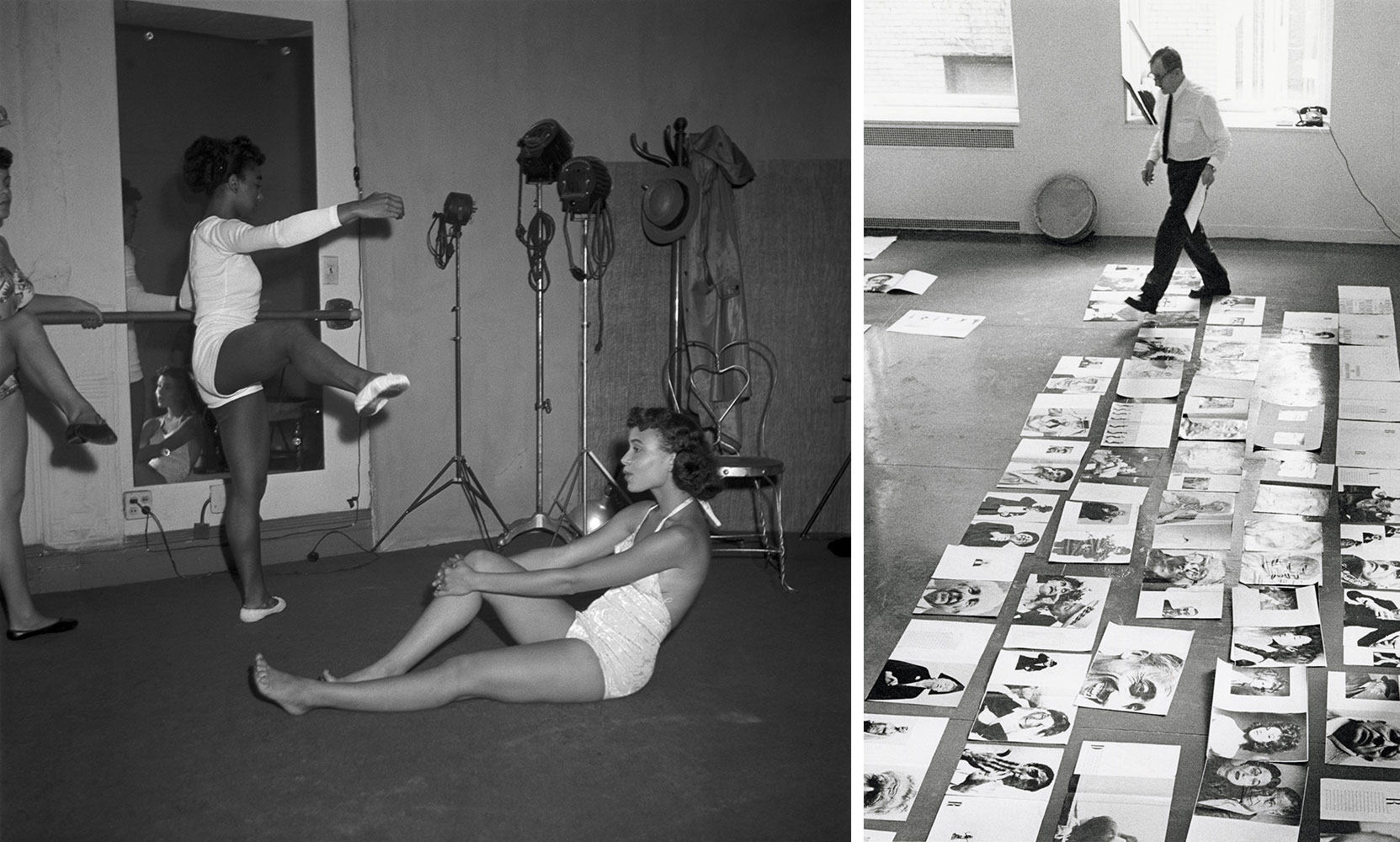
Right: Alexey Brodovitch reviewing page layouts for Richard Avedon’s Observations, 1959, Photo by Hiro. © 2024 The Estate of Y. Hiro Wakabayashi
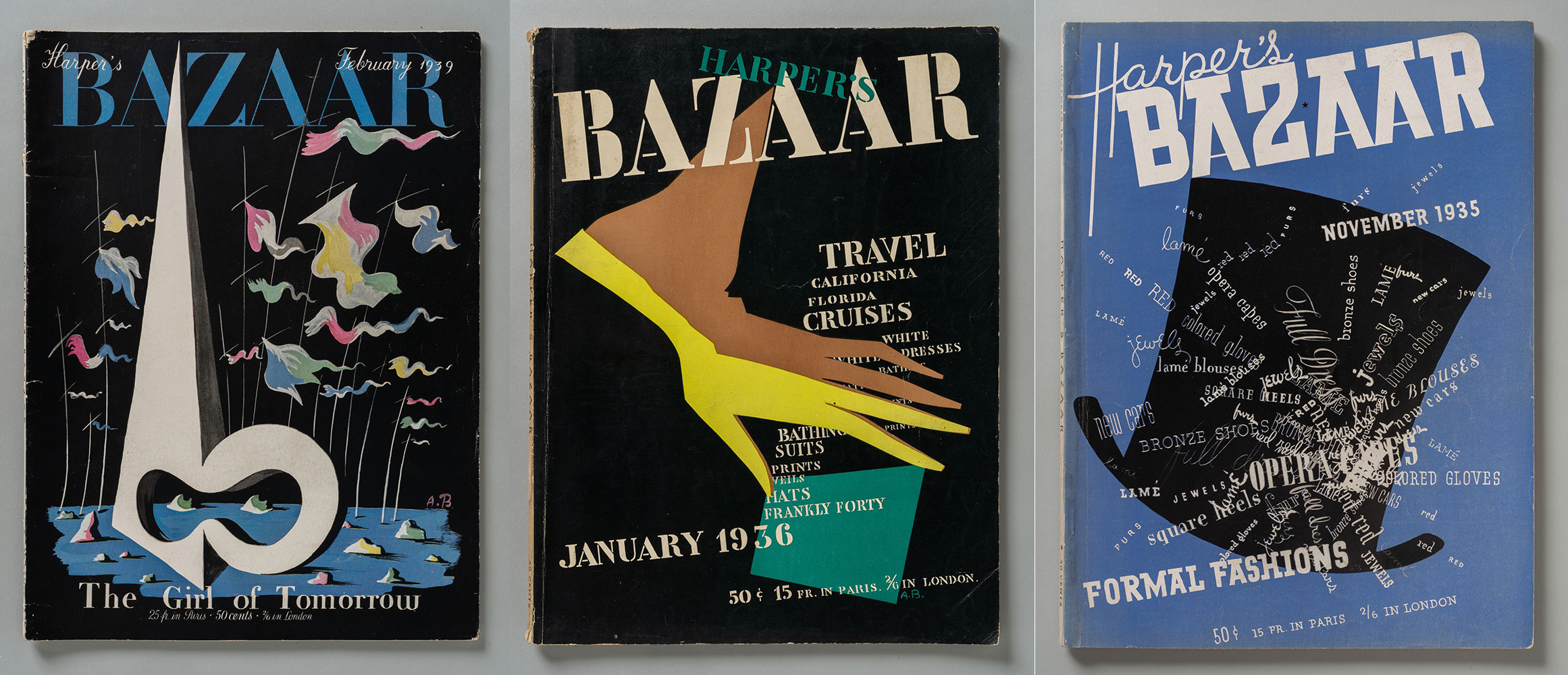
Center: Harper’s Bazaar, January 1936. Collection of Vince Aletti, Courtesy Harper’s Bazaar, Hearst Magazine Media, Inc
Right: Harper’s Bazaar, November 1935. Collection of Vince Aletti, Courtesy Harper’s Bazaar, Hearst Magazine Media, Inc
